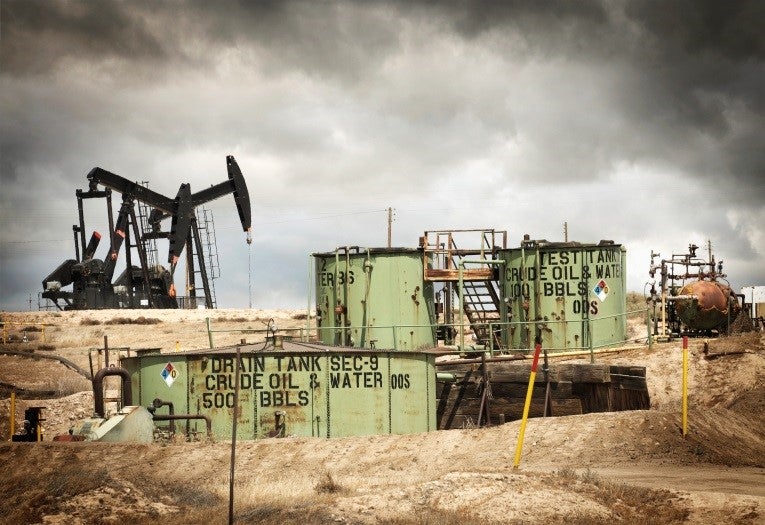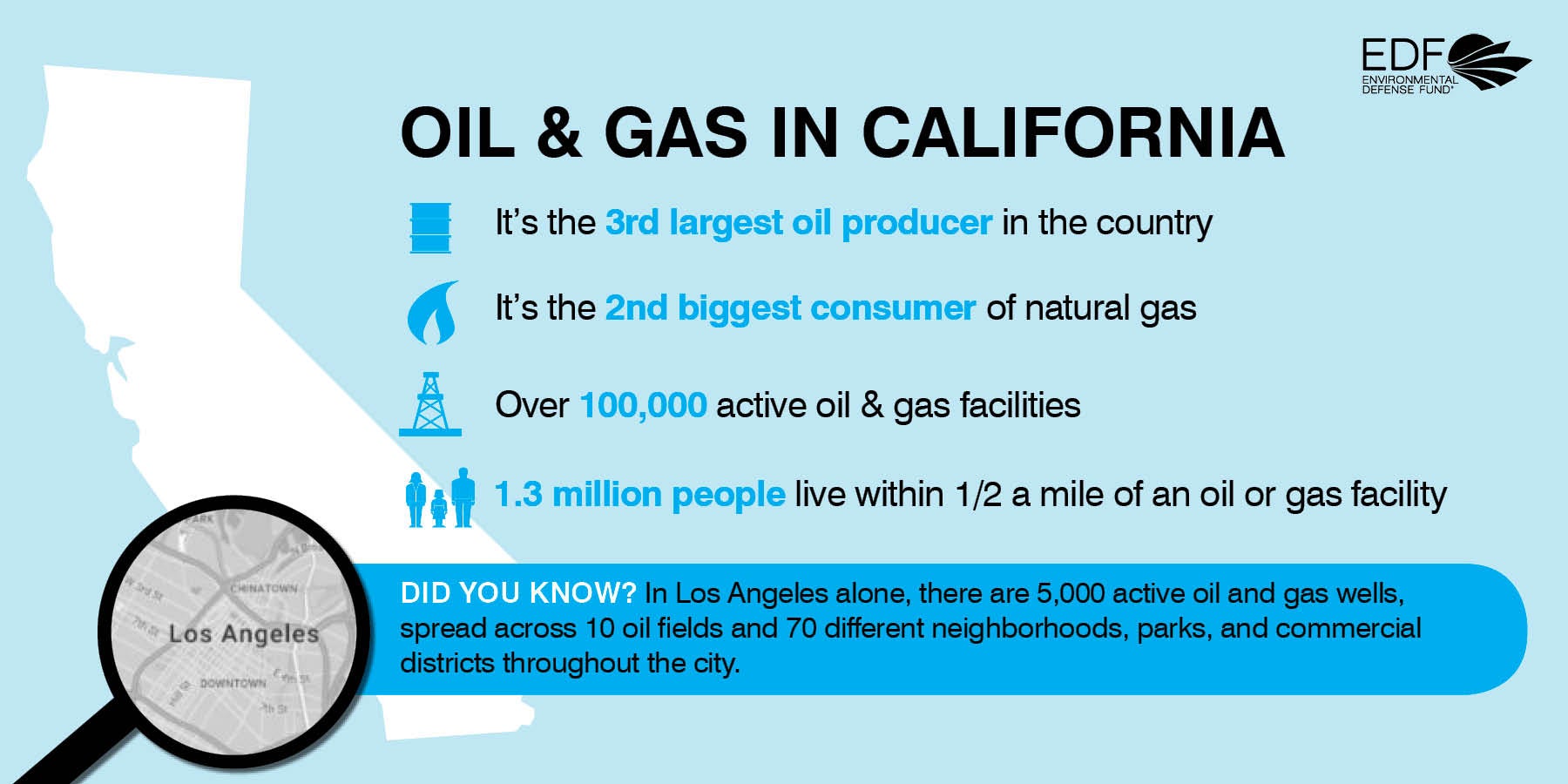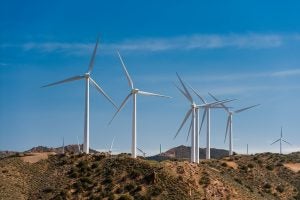 Cities across the U.S. are taking the reins on climate leadership, and Los Angeles has emerged as a hotbed for new solutions that will improve air quality and move the needle toward reaching local and state climate goals.
Cities across the U.S. are taking the reins on climate leadership, and Los Angeles has emerged as a hotbed for new solutions that will improve air quality and move the needle toward reaching local and state climate goals.
Strong mayoral commitment across the country
Los Angeles Mayor Eric Garcetti has made it clear that growing the city sustainably is a priority. In his State of the City address in April, he assured that “if the White House pulls out of the Paris climate agreement, we’re going to adopt it right here in L.A.” – and so far he has shown commitment to that promise. The Mayors National Climate Action Agenda, co-founded by Garcetti, established a network of 367 U.S. mayors and counting, representing over 67 million Americans, committed to implementing the Paris climate agreement of limiting atmospheric temperature increase to 1.5 degrees Celsius in their own localities. This commitment from cities across the country demonstrates that local solutions are leading the way, and Los Angeles is at the forefront.
Looking to a clean energy future in the City of Angels
Under the LA Sustainability Plan, Los Angeles must cut greenhouse gas emissions by 45% by 2025, 60% by 2035 and 80% by 2050. A crucial part of reaching these aggressive goals is transitioning to a clean energy future. To that end, the Los Angeles Department of Water and Power (LADWP) in partnership with the National Renewable Energy Laboratory (NREL), launched a study to analyze how the largest municipal utility in the U.S. can run on 100% clean energy. Read More »
 A new report from the Los Angeles County Department of Public Health (DPH) provides yet more evidence that greater oversight is needed to address health and safety concerns with the region’s oil and gas facilities.
A new report from the Los Angeles County Department of Public Health (DPH) provides yet more evidence that greater oversight is needed to address health and safety concerns with the region’s oil and gas facilities.













 The Los Angeles City Council recently passed a unanimous
The Los Angeles City Council recently passed a unanimous